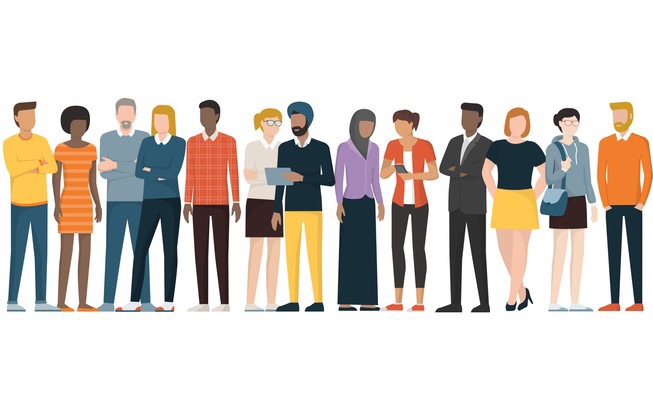Diversity’s Impact on Claims Handling
Today’s workforce is more diverse than ever. Diversity can impact why claims are filed, how they are managed and, possibly, the end result. Meanwhile, diversity, inclusion and unconscious bias play roles before an injury, during claim management and can drive trial outcomes and resolution. In this session at the 2018 National Workers’ Compensation & Disability Conference, Martine Cumbermack, Partner at Swift, Currie, McGhee and Hiers, discussed why diversity and inclusion are important in claims management.
The workforce is certainly becoming more diverse. According to a BLS Reports 2017 study on labor force characteristics by race and ethnicity, the workforce is made up of 78% Caucasians, 17% Hispanics or Latinos (61% of which are Mexican), 13% African Americans and 6% Asians. Trends show that, by 2025 the immigrant (or foreign born) share of the population will surpass the peak during the last great wave of immigration a century ago and, by 2050, Hispanics will make up 29% of the U.S. population.
Employers must face challenges of meeting the needs of a more diverse workforce.
- Most evidence suggests members of minority populations face higher workplace injury risks compared to whites.
- Cultural/ethnic differences and unconscious bias may affect reporting and employee’s understanding of rights and responsibilities.
- Communication/trust and immigration issues may impact injury reporting and return to work.
- A more diverse workforce also poses challenges for claims adjusters:
Cultural/ethnic factors may affect communication, understanding, and trust.
Adjusters will need to focus on cultural competence and building trust in lieu of just metrics.
- Unconscious biases or lack of cultural understanding regarding perceptions of healthcare and medical treatment.
- There is a necessity of “teaming” with case managers and medical providers on cultural/ethnic issues because they often have the most contact with the injured employee.
- Cultural/ethnic issues or unconscious biases affecting treatment, medical compliance, and diagnosis.
Cost is another factor to consider. A “standard” claim typically includes costs related to medical expenses, indemnity benefits, nurse case management and defense attorney expenses. A “diverse” claim may incur additional costs for translation services and additional soft costs related to potential longer time needed for investigation (if you need a translator) and time needed to build trust between the employee and the employer, adjuster and treating provider.
All stakeholders play a role in creating a more-diverse claims handling program.
Employer’s Role:
- Improve employee trust and “buy-in” to the company. This eliminates fear and, in turn, reporting times.
- Establish protocols for gaining cultural competence. Training may be needed.
- Establish protocols for employee understanding of rights and responsibilities. Post information and have safety meetings in more than one language.
- Team with medical providers who are more diverse and understand different cultural or religious values.
Claim Adjuster’s Role:
- Check your own unconscious biases. Everyone has them and you may not be aware of them.
- Seek to understand and gain cultural competence, including attitudes and beliefs about healthcare and medical treatment, employer responsibility and returning to work.
- Rethink goals about reserves and other metrics, including that additional costs may be involved and how ethnic/cultural differences can affect the length of claim.
Defense Counsel’s Role:
- The attorney’s cultural competency or employee’s diversity impacts litigation, including mediation, discovery efforts and trial results.
- The employee’s attorney may help or hinder the process, therefore, picking the right defense attorney is important.


